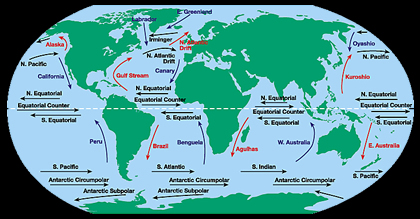Honestly, I don't know how to respond to this.
Probably because this is new to you?
I like you, but statistics is all about using a minimum amount of data to attempt to derive a signal.
WRONG. Statistics does NOT have ANYTHING to do with interpolation, which is MAKING UP NUMBERS.
It's no different than machine learning.
Machine 'learning' is not statistics and has nothing to do with it.
Surely you would agree that AI is able to find patterns using minimal data?
No. It is not. AI is about discerning patterns in data...period. It then uses that to expand a choice matrix. Example: dictionaries used in speech recognition are made up of phonemes that are at first preprogrammed in, then later expanded as more voice samples arrive. This is the basis of services like Alexa. The Echo devices that Alexa makes use of also employ a unique and very effective noise cancellation method involving multiple microphones.
Siri has a less well developed dictionary, but has the advantage of using simple microphones, using a timed sampling method for noise rejection (the irritating beep you have to wait for before speaking). It also has the advantage of being able to use offline preprogrammed dictionaries, making it reasonable ideal for automotive use.
Google has a well developed dictionary, and also uses multiple microphones for noise rejection on their Google Home devices. On android devices such as phones, people are speaking directly to their phone, alleviating the need for multiple microphones.
That's why there are confidence intervals and minimum sample sizes
The term 'confidence interval' is a buzzword. So is 'minimum sample size'. These are buzzwords commonly used among AI programmers that don't really mean much.
Machines do not learn. They fake it. AI is about building a decision matrix that is expanded by additional information, which effectively fakes 'learning'. Computers, above all, are general purpose sequencing machines and I/O devices (telegraphy and telemetry), no smarter than your average washing machine timer. Whether it's an ARM chip, an Intel CPU, or an AMD CPU, or an Nvidia GPU, all computers are simple sequencers, cycling off a single oscillator. Statistical math as not involved in any of it.
The closest mathematics to AI is probability math, not statistical math. Probability math is not capable of prediction either, due to it's use of random numbers.
Neither statistical math nor probability math make use of a randU type random number.



